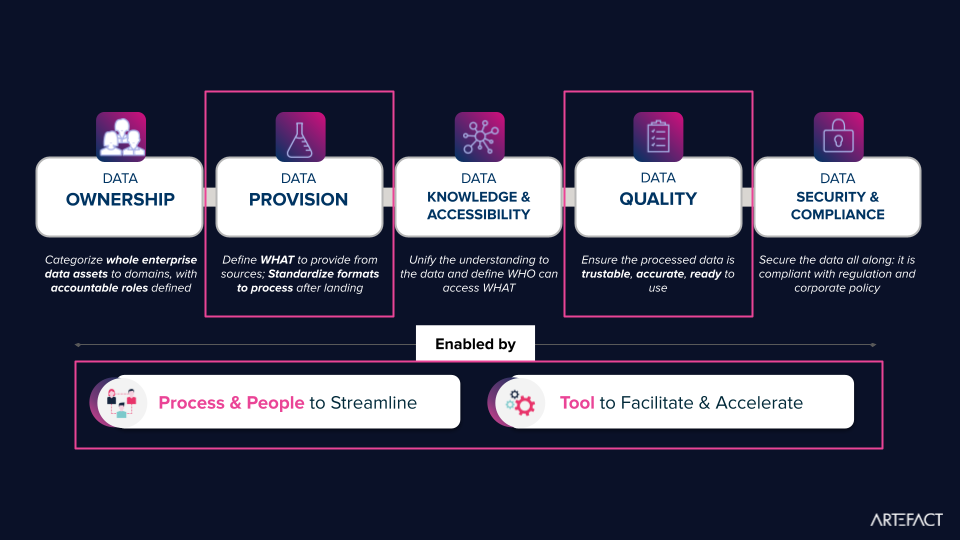In industries such as fast-moving consumer goods (FMCG) and fashion retail—where businesses heavily rely on distributor networks—data is evolving from a support function into a core asset of competitive advantage. However, due to the fragmented nature of distributor operations and diverse data sources, distributor data often suffers from fragmentation, low quality, and poor integration.
Only by building a unified and effective data governance framework can companies truly connect upstream and downstream operations, unlock the value of data, and drive AI transformation and decision-making efficiency.
Data Governance as the core breakthrough in distributor management
A unified data governance system improves data completeness and accessibility, enabling brands and distributors to quickly identify market changes, adjust channel strategies, and respond to market dynamics in real time.
By standardizing data transmission and sharing protocols, governance helps dismantle information silos and fosters more efficient and transparent collaboration between brands and distributors, boosting full-chain coordination.
In critical areas such as supply chain management, inventory optimization, and pricing strategy, high-quality and trustworthy data is the foundation of effective decision-making. Systematic governance not only ensures data accuracy and consistency but also provides a solid foundation for AI tools and analytics models—accelerating the shift toward data-driven enterprises.
Real-world challenges in Distributor Data Governance
Data Silos: Distributors often use disparate systems to store data, leading to information silos that hinder data integration and sharing.
Inconsistent Data Quality: Many distributors submit data without uniform standards or quality monitoring mechanisms, resulting in unreliable, incomplete, or inaccessible data.
Technological and Resource Constraints: Some distributors, especially small and medium-sized ones, lack the technological capabilities and resources required for efficient data governance.
Weak Collaboration and Execution: Data governance involves not only technological changes but also deep engagement from business units. However, business teams often lack direct awareness and involvement in data governance, leading to poor cross-departmental cooperation and rendering governance efforts superficial or ineffective.
Core modules of Distributor Data Governance
Based on project experience and industry expertise, we have identified five key modules for implementing data governance:


1. Data Ownership: Assign clear responsibility roles for all data assets to ensure traceability and controlled management across the data lifecycle.
2. Data Provision: Define the content and format requirements for data submission, ensuring standardization and processability from the outset.
3. Data Knowledge and Accessibility: Unify data definitions and business understanding, while setting clear role-based access permissions.
4. Data Quality: Apply consistent quality standards to ensure data is complete, accurate, and actionable—laying a reliable foundation for analysis and decision-making.
5. Data Security and Compliance: Build security and compliance mechanisms to mitigate risks and meet regulatory requirements.
Among these, data provision and data quality are particularly critical. They determine whether governance can be implemented effectively and directly influence decision-making efficiency and the success of AI applications.
Case Study
Take a global retail leader as an example. The company relied on a vast distributor network to drive growth but faced the following data management challenges:
- Inconsistent standards for data submission and transmission, leading to poor integration and communication inefficiencies.
- Poor data completeness and credibility due to a lack of monitoring mechanisms.
- Limited business engagement, weak cross-departmental collaboration, and misaligned understanding.
These issues resulted in inefficient data usage and hindered the company’s market responsiveness and operational efficiency.
Our solution focused on three key areas:
1. Optimizing Data Assets
We built unified data standards and workflows to regulate distributor practices in data submission, transmission, and quality control, improving consistency and completeness to lay the groundwork for analytics and strategic decisions.
2. AI-Powered Quality Monitoring
We established rules and proactive verification mechanisms to detect and flag abnormal data, ensuring data accuracy.
We introduced a reliability and completeness scoring mechanism for distributor data. By leveraging large model-based analysis tools, we transformed complex data patterns into visual charts. This approach helped managers easily identify and understand data risks for better investigation and follow-up actions.
3. Driving Change Management
Successful governance requires strong cross-functional collaboration and a shift in operating models.
Change management was particularly critical during the governance process. New processes, tools, and technologies can sometimes face resistance from distributors. Effective change management helped them to understand the necessity of these changes, encouraging them to embrace the transformation willingly. It also enhances transparency and strengthens brand-distributor relationships.
Key actions included:
- Establishing a Change Management Team: To oversee planning and execution, ensuring stakeholder participation.
- Developing a Change Management Plan: Transparent communication about the purpose and anticipated benefits of change through various channels helped eliminate doubts. Training programs were conducted to familiarize distributors with new processes and tools, with ongoing technical support provided when needed.
- Strengthening Monitoring and Feedback: This involves regularly evaluating the effectiveness of changes, creating feedback mechanisms to encourage distributor input and iteratively optimising the change management plan based on this feedback.
Conclusion
These are our core frameworks and practical insights in distributor data governance.
A well-rounded governance solution typically follows a three-step approach: assess & design – plan – implement. We always tailor best-practice solutions based on the client’s specific business needs and data/tech architecture, ensuring successful and scalable governance deployment.

 BLOG
BLOG







